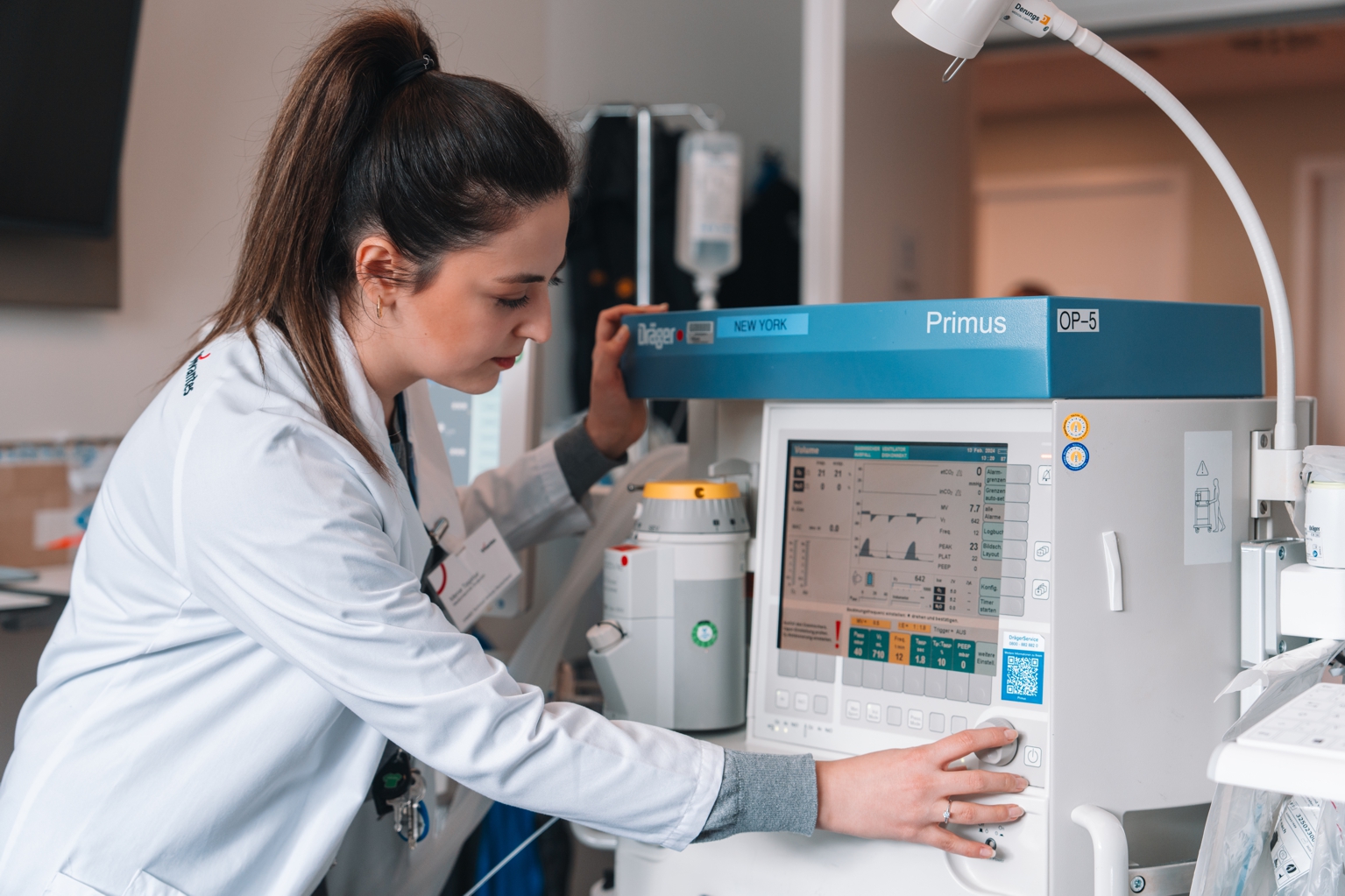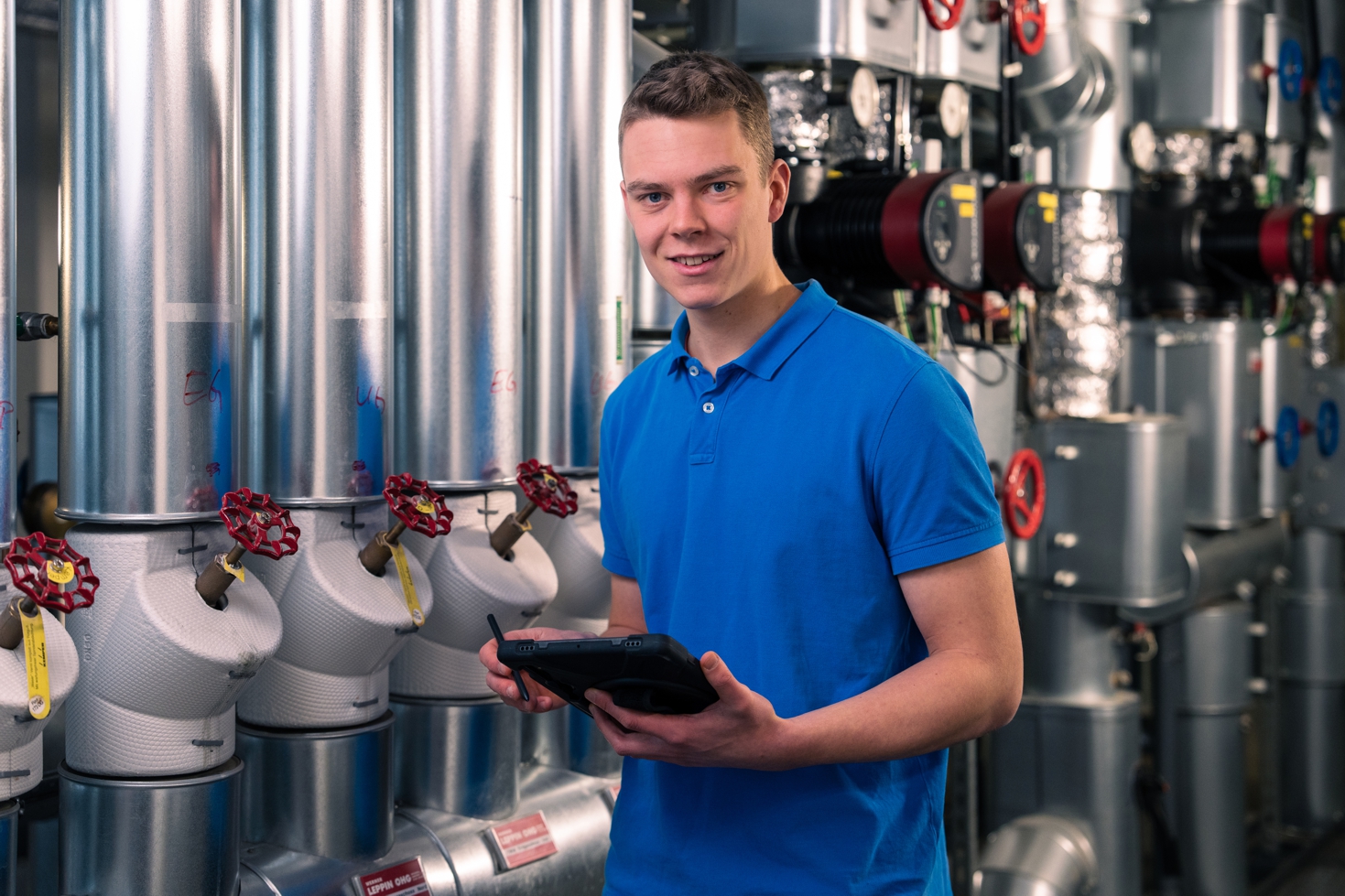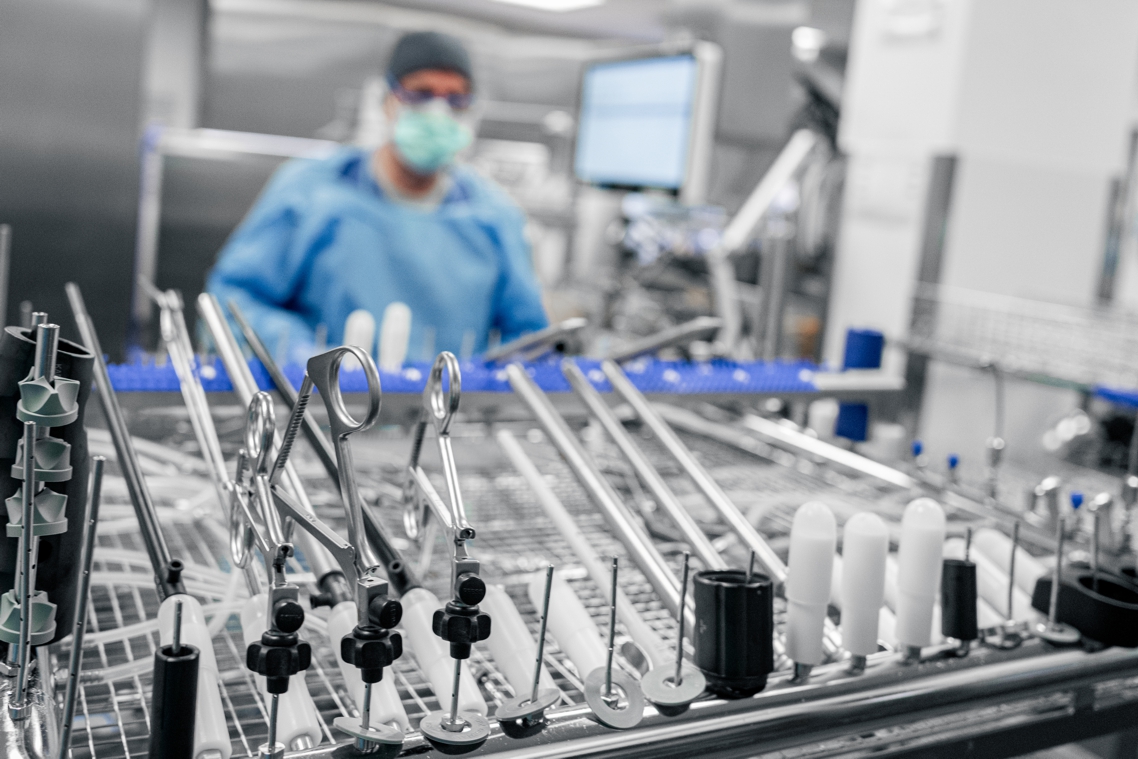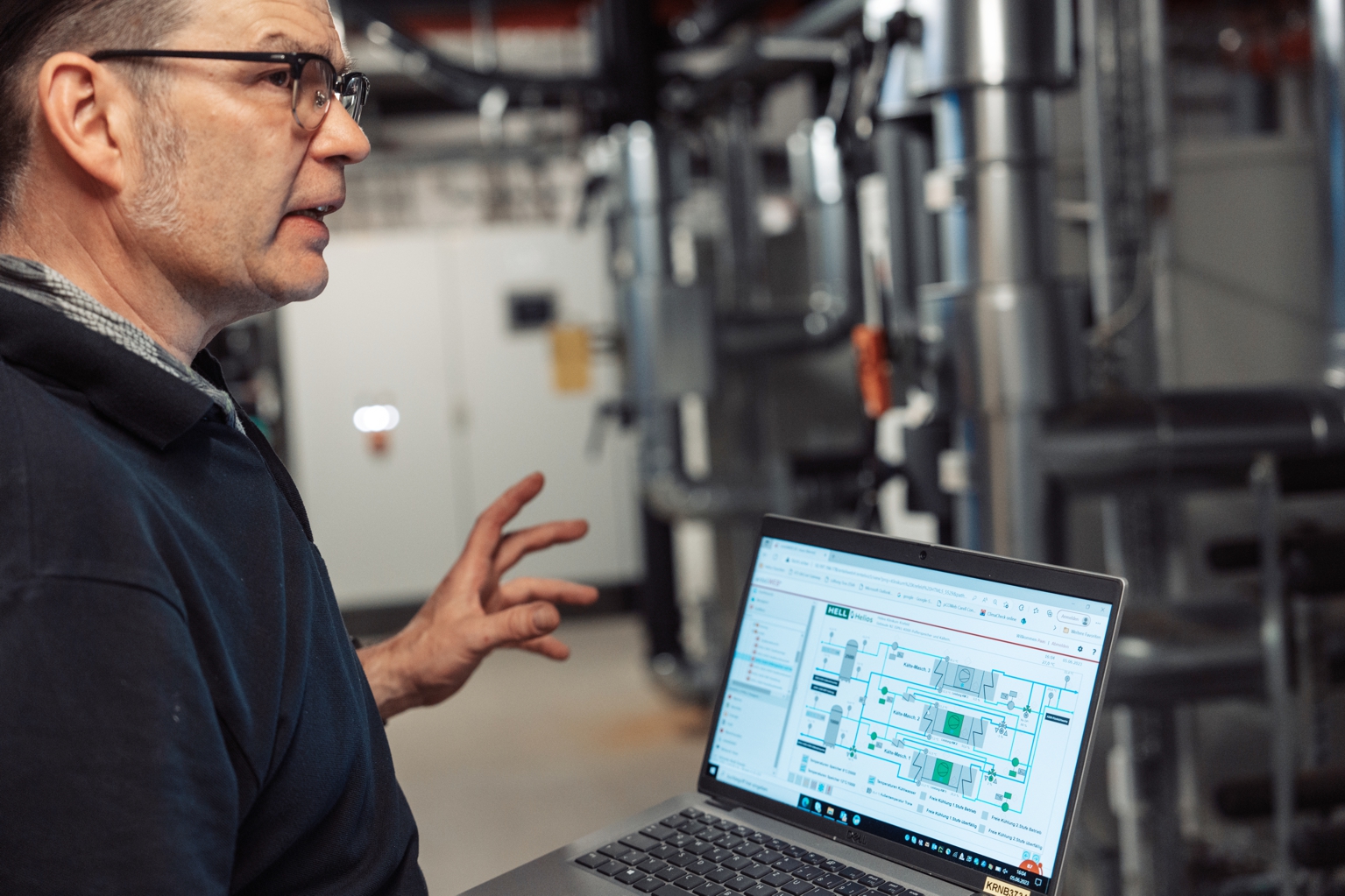Berenberg European Conference
Berenberg European Conference Presentation
Share
Services
As of January 1, 2025, Fresenius will operate the hospital services business, previously owned by VAMED, as a Fresenius subsidiary under the name Fresenius Health Services (FHS). Fresenius had already announced the step in May 2024. Enrico Jensch, previously Chief Operating Officer of Helios Germany, will be CEO of FHS. At the Fresenius Management Board level, Robert Möller will be responsible for FHS.
Fresenius Health Services supports healthcare facilities in operating an efficient and needs-based technical infrastructure. The company offers comprehensive services and advice on medical technology, operating technology and sterile supply.
Fresenius, through its operating company Fresenius Kabi, announced today that Epinephrine Injection, USP, is now available in the United States as the first generic version of Epinephrine in a 1mg/1mL vial for U.S. customers. Epinephrine Injection, USP is a prescription medicine used to increase mean arterial blood pressure in adult patients with hypotension associated with septic shock; for emergency treatment of allergic reactions including anaphylaxis and for induction and maintenance of mydriasis during intraocular surgery.
In line with #FutureFresenius, Fresenius Kabi has invested more than $1 billion in recent years to expand and update its U.S. pharmaceutical production as well as distribution facilities. More than 70 percent of the product units shipped in the U.S. by Fresenius Kabi are drugs listed on the FDA’s Essential Medicines List.
Fresenius, through its operating company Fresenius Kabi, announced today that Epinephrine Injection, USP, is now available in the United States as the first generic version of Epinephrine in a 1mg/1mL vial for U.S. customers. Epinephrine Injection, USP is a prescription medicine used to increase mean arterial blood pressure in adult patients with hypotension associated with septic shock; for emergency treatment of allergic reactions including anaphylaxis and for induction and maintenance of mydriasis during intraocular surgery.
In line with #FutureFresenius, Fresenius Kabi has invested more than $1 billion in recent years to expand and update its U.S. pharmaceutical production as well as distribution facilities. More than 70 percent of the product units shipped in the U.S. by Fresenius Kabi are drugs listed on the FDA’s Essential Medicines List.

Fresenius Health Services offers comprehensive services and consulting for the technical infrastructure of healthcare facilities. This includes biomedical engineering, building services engineering and medical instrument decontamination and sterilisation services as well as the digitalisation of processes.
Together with our customers, we develop sustainable concepts for efficient and needs-based technical operations, which we ensure in the long term with our services. This enables doctors and nursing staff to make the best possible efforts to help their patients recover quickly and successfully.
Fresenius Health Services operates in nine European countries, where we support more than 800 healthcare facilities with around 4,400 employees.


Further information can be found on the websites of our subsidiaries HERMED (Germany), HERMED Schweiz (Switzerland), HERMED España, HERMED Medrott Medical (Netherlands) HERMED Medrott Medical (Belgium), Hospital Consulting (Italy) and Avensys (Great Britain).


Further information can be found on the websites of our subsidiaries INSTRUCLEAN (Germany and Austria) as well as IHSS and Audere Medical (Great Britain).

SAP i.s.h. med: consulting, support, development and project management for the HIS system.
Contact
Fresenius Health Services GmbH
Am Bahnhof Westend 9-11
14059 Berlin, Germany
Telefon +49 30 2462690
info@fresenius-fhsd.de
Fresenius, via its operating company Fresenius Kabi, and Ori Biotech, a leader in cell and gene therapy (CGT) manufacturing technology, have entered an agreement to provide the integration of the IRO® platform with Fresenius Kabi’s upstream and downstream processing technologies. The successful integration of these leading technology platforms provides a streamlined, closed workflow for cell therapy manufacturing that can reduce process steps, tube- and bag-based transfers, and operator touch time. This collaboration underscores Ori Biotech and Fresenius Kabi’s shared commitment to driving innovation and developing widespread patient access to life-saving cell and gene therapies. All to help bring cell and gene therapies to market faster and more efficiently, in line with #FutureFresenius.
Fresenius, via its operating company Fresenius Kabi, and Ori Biotech, a leader in cell and gene therapy (CGT) manufacturing technology, have entered an agreement to provide the integration of the IRO® platform with Fresenius Kabi’s upstream and downstream processing technologies. The successful integration of these leading technology platforms provides a streamlined, closed workflow for cell therapy manufacturing that can reduce process steps, tube- and bag-based transfers, and operator touch time. This collaboration underscores Ori Biotech and Fresenius Kabi’s shared commitment to driving innovation and developing widespread patient access to life-saving cell and gene therapies. All to help bring cell and gene therapies to market faster and more efficiently, in line with #FutureFresenius.
Berenberg European Conference Presentation
DZ Bank Equity Conference Presentation
HSBC Luxembourg Day Presentation